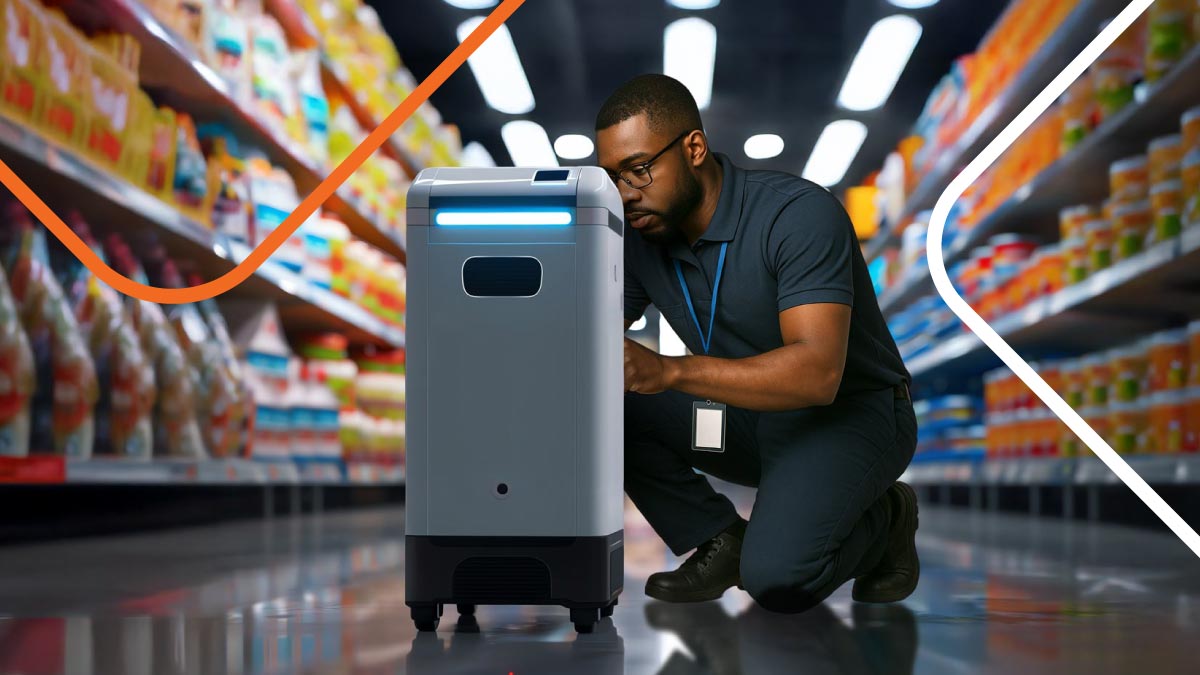
More companies than ever rely on both full-time employees and independent contractors. Engaging a blended workforce offers incredible flexibility. But it can also create confusion about how to best protect workers when they’re injured on the job.
Does workers’ compensation cover both contingent and W2 (full-time) workers? If not, what’s the best way to protect your business and your contractors?
Occupational Accident Insurance (OAI) offers an affordable solution designed for the independent workforce. To help you find the best fit for your unique needs, we’ll explore some key differences between OAI and workers’ comp.
What is Workers’ Compensation?
Workers’ comp is a state-regulated insurance program that covers medical expenses and replaces lost wages in the event of a work-related accident, death, injury, or illness. Policies are generally available through private insurance companies and state-run workers’ comp funds.
Workers’ comp is only available for W2 (full-time) employees, and covers:
- All related medical, ongoing care, and legal expenses.
- Lost-income while unable to work (typically about two-thirds of salary).
- Funeral expenses and death benefits for families of an employee killed on the job.
- Rehabilitation and retraining benefits (depending on the state and the injury).
Coverage may not include injuries that:
- Happen while under the influence of alcohol or illegal drugs, committing a serious crime, or violating company policy.
- Are self-inflicted or caused by a person who starts a fight.
What is Occupational Accident Insurance (OAI)?
OAI provides similar coverage for independent contractors who aren’t eligible for workers’ comp. It’s also available for W2 (full-time) employees not covered under a workers’ comp policy.
OAI was originally created to serve the trucking industry. But in response to the fast-growing gig economy, select insurance carriers have expanded OAI to fulfill the needs of contingent workers across all fields.
Key Differences Between Workers’ Comp and OAI
Independent Contractor vs Employee
OAI offers benefits similar to workers’ comp. Though it may not be legally required, providing OAI to independent contractors demonstrates your commitment to the safety of your entire workforce.
Legal Compliance
Most states’ Department of Labor requires workers’ compensation coverage for W2 (full-time) employees. Specific requirements differ from state to state. For example, Texas and Oklahoma employers may opt-out of the state’s workers’ compensation law. OAI offers a cost-effective alternative for these companies.
Employer Liability
Workers’ comp is a no-fault insurance program. That means a covered employee does not have to prove negligence to receive benefits. But in most cases, that also means they hold the burden of proof in a work-related injury lawsuit, and they can’t win judgments for punitive damages or pain and suffering.
Flexibility
An OAI plan may be a good fit for companies that don’t need a comprehensive workers’ comp policy. Employers can choose coverage amounts, deductibles, and limits. Plans can include survivor benefits, temporary or permanent disability, and accidental death.
Cost
While OAI may not have the same liability protection as workers’ comp, it offers employers a more affordable alternative. OAI plans can cost about 50 percent less than workers’ comp coverage.
Should Contractors Get Their Own OAI?
Job-related injuries and illnesses aren’t typically covered by general health insurance. This leaves contractors vulnerable to significant medical expenses. Independent technicians can offset this financial risk by purchasing their own OAI policy.
Conclusion
If you’re looking for ways to help protect your growing blended workforce, adding Occupational Accident Insurance may be the perfect solution. For more information about Field Nation’s OAI program, visit our OAI webpage or call +1-877-573-4353 ext. 1.






